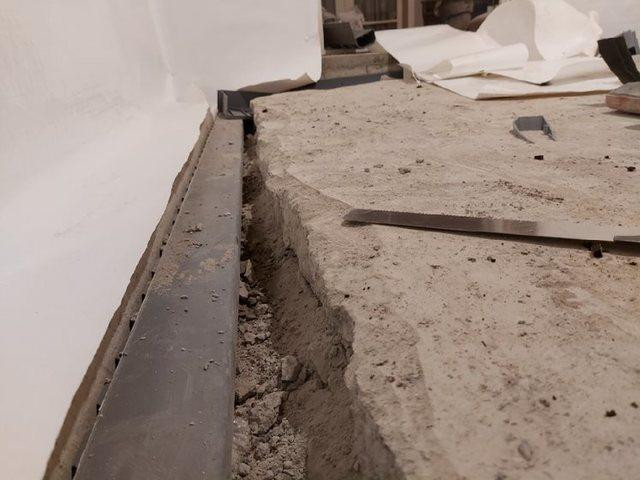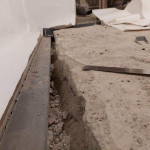Basements are often underutilized spaces in homes, yet they serve crucial purposes such as extra storage or additional living areas. However, basements are prone to water infiltration due to their underground location, which can lead to several issues like mold growth, foundation damage, and decreased property value. This comprehensive guide will help you understand the importance of waterproofing your basement, explore the various waterproofing methods, and provide long-term maintenance tips to keep your basement dry.
Why Basement Waterproofing is Essential
Water intrusion in basements can cause significant damage, from health risks associated with mold growth to compromising the home’s foundation. Waterproofing helps prevent these problems by blocking moisture and controlling water flow away from the basement. Here are some key reasons why basement waterproofing is crucial:
- Prevents Mold Growth: A damp environment encourages mold to thrive. Mold not only weakens the structure of your home but also poses health risks, especially to those with respiratory conditions.
- Foundation Protection: Water damage can weaken a home’s foundation, leading to cracks and even structural failure in extreme cases.
- Increases Home Value: A dry, well-maintained basement adds value to your home, whereas a wet, musty basement can scare away potential buyers.
- Energy Efficiency: By keeping moisture out, you reduce humidity levels in your home, making your HVAC system more efficient.
Key Factors Behind Water Problems in Basements
Several factors can cause water to enter your basement, from poor drainage to cracks in the foundation. Understanding the root cause is vital to selecting the right waterproofing solution. Common causes include:
- Hydrostatic Pressure: The pressure from groundwater surrounding your home can force water through small cracks in the foundation.
- Improper Grading: If the land around your home slopes towards the foundation, rainwater may pool and seep into the basement.
- Foundation Cracks: Cracks form naturally over time due to settling and temperature changes. These cracks act as entry points for water.
- Outdated Waterproofing Membranes: Older homes may lack effective exterior waterproofing membranes, allowing moisture to penetrate through the walls.
Effective Basement Waterproofing Solutions
There are two main approaches to basement waterproofing: interior and exterior methods. Each method targets different causes of water entry.
Interior Waterproofing Solutions
- Waterproof Sealants: These coatings are applied to basement walls and floors to create a barrier against moisture. However, sealants are typically a temporary solution and may not address the underlying issue.
- Interior Drainage Systems: These systems involve installing drainage channels along the interior perimeter of the basement. Water is directed to a sump pump, which removes it from the home.
- Sump Pumps: Sump pumps are installed in a sump pit to remove water from the basement. Backup battery systems ensure functionality during power outages.
- Dehumidifiers: While not a direct solution for waterproofing, dehumidifiers can help reduce moisture levels in the basement and prevent the growth of mold.
Exterior Waterproofing Solutions
- Exterior Membranes: This method involves excavating the perimeter of the home to apply a waterproof membrane to the foundation walls. It prevents water from entering the basement at its source.
- French Drains: French drains are installed around the foundation to divert water away from the home. They are especially useful in areas with high groundwater levels.
- Proper Landscaping: Ensuring that the ground around your home slopes away from the foundation can prevent water from pooling near the basement walls.
Ongoing Basement Maintenance
Once your basement has been waterproofed, maintaining the system is key to ensuring its effectiveness over time. A few simple steps can keep your basement dry:
- Test Your Sump Pump: Regularly test your sump pump to ensure it functions properly, especially before the rainy season.
- Maintain Gutters and Downspouts: Ensure that gutters are debris-free and that downspouts direct water at least several feet away from the foundation.
- Monitor Cracks: Regularly inspect your basement for new cracks and seal them promptly to prevent water infiltration.
Waterproofing your basement is a vital step in protecting your home from costly damage and health risks. By using the right methods and committing to regular maintenance, you can ensure a dry, functional basement space for years to come. Whether you choose interior or exterior waterproofing solutions, investing in this process will pay off in the long run by safeguarding your home’s foundation and preserving its value.
Contact the Professionals at Ohio State Waterproofing Today! 330-467-1055





